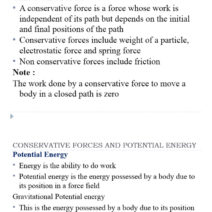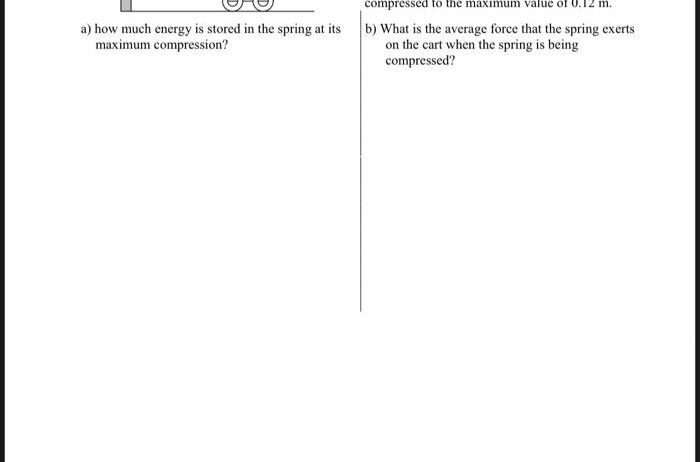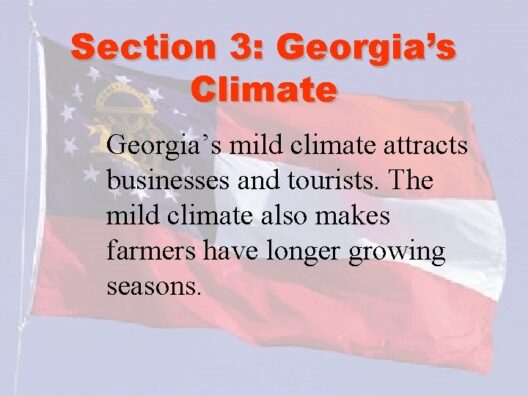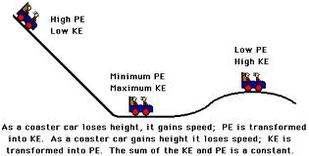Energy is the pulsating force that sustains our universe, weaving through every interaction, movement, and transformation. At the heart of this intricate tapestry lies the Law of Conservation of Energy, a fundamental principle that asserts energy cannot be created or destroyed; it merely transforms from one form to another. This concept not only lies at the foundation of physics but also resonates deeply through our understanding of the natural world.
The significance of the Law of Conservation of Energy stretches across various domains, from the majestic sweep of celestial bodies in space to the minute processes occurring within a single cell. This law governs not just physical phenomena but lends an aesthetic appeal to the evolution of energy itself. As we delve into the enticing realm of energy conservation, we embark on a journey to uncover the multitude of ways energy manifests in our lives.
Understanding energy, its forms, and its transformations is critical to appreciating the world around us. The variations in energy types—inclusive of kinetic, potential, thermal, chemical, and more—highlight the multifaceted nature of energy itself. Each transformation tells a story about the interconnectedness of the universe, where even the most mundane occurrences possess an underlying elegance.
The dynamism of this principle serves as a backdrop for natural phenomena. For instance, consider the simple act of a falling apple, a quintessential example often attributed to the conceptual world of energy transition. When the apple detaches from its branch, its gravitational potential energy converts to kinetic energy as it cascades to the ground. Upon impact, this energy disperses, generating sound, heat, and motion, thereby epitomizing the unceasing cycle of energy transformation.
Energy in Everyday Life: Unveiling the Invisible Forces
While the Law of Conservation of Energy may appear abstract, it underlies our daily experiences and interactions with the environment. One of the most striking examples is the interplay between food and human energy. The nutrients we consume are transformed into usable energy through metabolic processes, allowing us to function and thrive. This elegant conversion emphasizes how energy flows through the living world, underpinning life itself.
Moreover, renewable energy sources, such as solar and wind, exemplify the beauty of energy conservation on a grand scale. Solar panels convert sunlight, which is a form of electromagnetic energy, into electrical energy. Wind turbines harness kinetic energy from moving air, transforming it into mechanical energy and subsequently electricity. These modern innovations deftly illustrate humanity’s attempt to leverage the natural flows of energy, reinforcing the notion that while energy cannot be created, it can be harnessed in innovative ways to sustain our growing needs.
The Law of Conservation of Energy: A Historical Perspective
Historically, the roots of this law can be traced back to the Enlightenment when philosophers and scientists began to question the previously held beliefs about energy and motion. Pioneers such as Sir Isaac Newton, who articulated the laws of motion, contributed significantly to our understanding of energy. As the 19th century approached, figures like James Prescott Joule and Hermann von Helmholtz further elucidated the principle, demonstrating that energy exists in various forms and that these forms could be converted between one another while maintaining a constant total sum.
The progression of these ideas unfolded like a well-crafted narrative, captivating scientists and unswervingly reshaping our understanding of the physical world. Consequently, the Law of Conservation of Energy evolved into a pillar of modern physics, influencing areas such as thermodynamics, mechanics, and even quantum physics. One cannot overlook the poetic nature of this progression, characterized by the transformative power of ideas that have persisted through centuries of exploration and inquiry.
Practical Implications: Energy Efficiency and Sustainability
In contemporary society, the implications of the Law of Conservation of Energy are critical in shaping our approaches to sustainability and energy efficiency. As our collective awareness of environmental issues heightens, it has become increasingly evident that the unchecked consumption of nonrenewable energy sources can lead to disastrous consequences for our planet. Adopting an energy-efficient mindset embodies a commitment to leveraging the natural flows of energy rather than depleting them.
Energy-efficient technologies, such as energy-saving appliances and building designs, aim to minimize waste, thereby allowing more energy to remain in the system. In this context, the law serves as a reminder of our responsibility to coexist harmoniously with the environment. Sustainable practices grounded in this principle can lead to a profound aesthetic appreciation for the intricate relationships established between humans, technology, and nature.
The Allure of Energy: A Paradigm Shift
As we contemplate the Law of Conservation of Energy, it becomes evident that energy is not merely a commodity, but a narrative that reflects the vitality of the universe. This principle, with its inherent elegance and far-reaching implications, challenges us to reconsider our relationship with energy. The continuous cycle of transformation invites a paradigm shift—a shift towards greater reverence for the flow of energy through all aspects of life and an acknowledgment of our place within this cosmic framework.
In conclusion, while the Law of Conservation of Energy signifies an unyielding truth in the laws of physics, it simultaneously reveals the profound connections that bind our existence to the universe. By understanding its nuances, we can engage with the world more thoughtfully, paving the way for a future that harmonizes our energy needs with the delicate rhythms of the natural environment.








